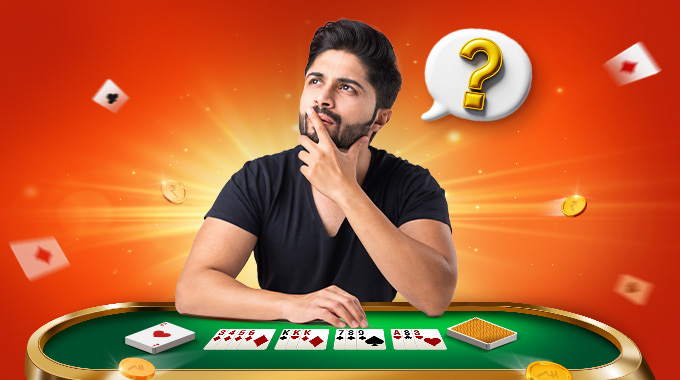Mastering Rummy: The Role of Nash Equilibrium in Strategic Play
Our great passion at RummyCircle is providing players all around India with the finest rummy online experience. Today, we’ll look at how a game theory concept can help you improve your rummy skills significantly.
Nash Equilibrium Explained
Nash Equilibrium, named after John Nash, describes a situation in which no player has an incentive to change their strategy, as long as everyone else plays optimally. In Rummy, this means choosing the best move given your opponent’s moves.
Game Theory and Rummy
Strategic interactions are analyzed by game theory. In Rummy, players negotiate conflicting interests: to meld cards and discard the rest first. Your approach calls for choices including risk assessment, meld formation, card picking, and discarding. The key is to realize how your decisions affect the alternatives of your opponent.
Strategies in Rummy
Effective Rummy strategies include:
- Prioritizing melds: Prioritize melds by focusing on creating sets (three or four of a kind) or runs (consecutive cards).
- Reading discards: Analyze discarded piles to learn about your opponent’s hand and melds.
- Managing risk: Strike a balance between completing melds quickly and minimizing the point value of discarded cards.
Nash Equilibrium in Action
In Rummy, the element of probability makes finding a perfect Nash Equilibrium challenging. Still, given the facts at hand, we can find instances when both players make the best decisions for their hands.
- Example: Achieving Equilibrium
Consider a two-player game in which both have like hands with set and run potential. Both of them know the need to throw away low-value cards. In this scenario, a Nash Equilibrium may exist in which both players consistently discard low cards, as neither gains an advantage by deviating from this strategy.
Benefits of Nash Equilibrium
Knowing Nash Equilibrium will help you much better play Rummy by:
- Reducing Mistakes: By playing close to a Nash Equilibrium, you cut down on tactical errors that might give the upper hand to your opponent.
- Predicting Opponent’s Moves: Identifying a Nash Equilibrium situation helps you to predict your opponent’s moves, thus guiding your next action with great efficiency.
Limitations to Consider
Perfect Nash Equilibrium in Rummy might not always be reachable. This explains why:
- Incomplete Information: Players find it difficult to forecast discards precisely since they lack complete knowledge about the hand of their opponent.
- Dynamic Gameplay: New card draws always change the game environment, hence the Nash Equilibrium is a dynamic target.
Mastering Rummy Beyond Equilibrium
While Nash Equilibrium offers a basic framework, advanced Rummy strategies go beyond:
- Mixed Strategies: Using a combination of discards depending on hand composition will help your performance to be less predictable.
- Exploiting Opponent Mistakes: Taking advantage of opponent mistakes—that is, those in which your opponent deviates from the Equilibrium by discarding valuable cards—you can pick them up to accelerate the meld formation.
Conclusion
Although you won’t need a math degree to be great at rummy, knowing ideas like Nash Equilibrium will really help you. It offers a structure for examining your choices as well as those of your opponent’s likely actions.
Try to locate these equilibrium points as you increase your game count on RummyCircle. Recall that learning rummy is an adventure. Every game on RummyCircle offers the chance to hone your abilities and apply these ideas. So log in to RummyCircle, join a table, and test your newly acquired skills. Who knows? You might find yourself exactly in the balance between strategic mastery and enjoyment!




